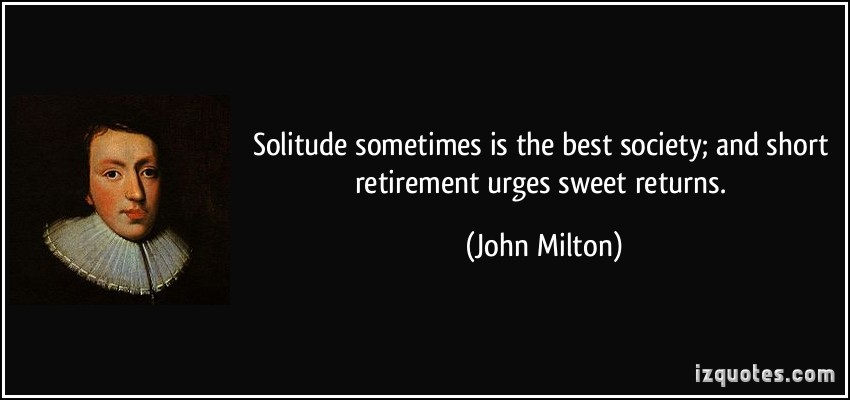Sex Is Not For Sale
Did you notice the picture included in my last post about slavery? 45.8 million people are estimated to be slaves in the world, and 68% of them are forced into labor.
Wait, so what are the other 32% of slaves forced into? Isn’t slavery about labor?
Only sometimes.
Sometimes slavery is about sex.
Around the world, women, children, and (and sometimes men) are kidnapped, lied to, illegally hired, coerced, drugged, physically abused, cheated, or frightened into sexual slavery. Oftentimes the enslavers (or “pimps”) are making mega-profit. Oftentimes they are forcing their victims to pretend they are peddling sexual favors by their own free will. If the victims refuse or attempt to escape?
Physical abuse.
Threats to harm family.
Death.
Many of these people are forced into sex slavery in their pre-teen or teenage years. The psychological abuse and scare tactics that have been used on them over the years have so shaped their young minds that they don’t even know what freedom is anymore, let alone how to fight for it. They don’t dare disobey their captors. They don’t dare not meet their quota of “clients” – sometimes as many as 40 per night.1 They fear for their lives.
Of all forms of slavery, this is the one America is particularly guilty of. We are the source and the destination of sex slaves from around the world.
So where are these people? The Polaris Project tells us, “Sex trafficking occurs in a range of venues including fake massage businesses, via online ads or escort services, in residential brothels, on the street or at truck stops, or at hotels and motels.”2 People mistakenly think women in the commercial sex “business” are free, but professor and researcher Dominque Roe-Sepowitz tells us that’s a delusion. In fact, "‘All those women care about is that they meet their quota and get the money to their pimp or trafficker,’ she says. Otherwise, they often face dire consequences. Ads perpetuate this myth, often worded as though they are written by the women themselves, and that they ‘can't wait’ to meet their buyers.”3
And there are plenty of buyers here in the US.
A study published in 2014 found that in one city alone (Atlanta, GA), the sex slave trade has an economic value up to $290 million.4
Think what Atlanta could do with $290,000,000 if it were not spent on sex slavery.
Think what all those women and children could do if they weren’t enslaved for sex.
The point is not to blame Atlanta. The point is that sex slavery is here. It’s everywhere.
Since 2007, the National Human Trafficking Resource Center has received reports of approximately 40,000 victims in the US.5 The actual number of victims is much higher since many instances go unreported.
I could tell you heart-wrenching stories that would tie your stomach in knots. But I won’t. I’m not trying to just make you angry or sad of empathetic or shocked if you’re still helpless to end it.
What I really want to do is tell you that you – yes you – have power to fight against sex slavery. It’s different than fighting labor slavery, but there are small yet powerful things you can do. I’d just like to share them with you.
- Pray: I believe in a powerful God. He can protect, rescue, heal, convict, and restore. Let’s ask Him to.
- Raise awareness: The sex trafficking industry thrives on silence and darkness. Tear down these two pillars by telling the truth about sex trafficking. Go ahead, use social media.
Be ready: You never know when you’ll see something suspicious – especially now that you are more aware. Enter the National Human Trafficking Hotline number in your phone so you’ll know whom to contact if something doesn’t seem quite right: 1-888-373-7888. Also, download the Smartphone app “TraffickCam.” When you stay in a hotel, take pictures of the room and submit them via this app. Many ads for exploitation of trafficked women include pictures of the victims in hotel rooms. By creating a database of hotel room photos, we help investigators locate the actual places where exploitation is happening.
Say no to pornography: Our culture condemns the injustice of sex trafficking while embracing porn as an expression of freedom. But a little digging shows this to be a false distinction for at least 3 reasons.6 First, pornography feeds the sex trafficking industry because it’s “a primary gateway to the purchase of humans for commercial sex.”7 Second, pornographic material is often created by exploiting trafficking victims on film or photo. Third, the making and consuming of pornography actually fit the legal definition for sex trafficking. America, enough of this double standard. You can’t condemn the sex trafficker while consuming the product he helps create. So use your own eyes, internet, movie choices, etc. as a weapon AGAINST injustice.
Help them heal: Organizations like International Justice Mission, Better Way Imports, and A21 have many opportunities for you to support the freedom and healing of sex trafficking victims. From funding rescue missions to writing encouraging letters…from providing after-care packages to buying products made by survivors who need a source of income…you can help them in their journey of recovery.
We are not helpless. They are not hopeless. Our voices must be heard:
Sex is not for sale because humans are not for sale.
Footnotes:
1. Sacharay’s story: http://www.cnn.com/2015/07/20/us/sex-trafficking/index.html
2. The Polaris Project: https://polarisproject.org/sex-trafficking
3. Dominique Roe Sepowitz interviewed by Deseret News: http://www.deseretnews.com/article/865620752/The-Super-Bowl-is-the-largest-human-trafficking-event-in-the-country.html
4. Research Study of Sex Industry in Major US Cities: https://www.urban.org/research/publication/estimating-size-and-structure-underground-commercial-sex-economy-eight-major-us-cities
5. National Human Trafficking Hotline Stats: https://humantraffickinghotline.org/states
6. Connection between Porn & Sex Trafficking: http://www.covenanteyes.com/2011/09/07/the-connections-between-pornography-and-sex-trafficking/
7. Supply & Demand of Sex Trafficking: https://sharedhope.org/wp-content/uploads/2012/09/DEMAND.pdf
8. Image: https://www.tes.com/lessons/j2880sRPYQGZ8g/human-trafficking


















































